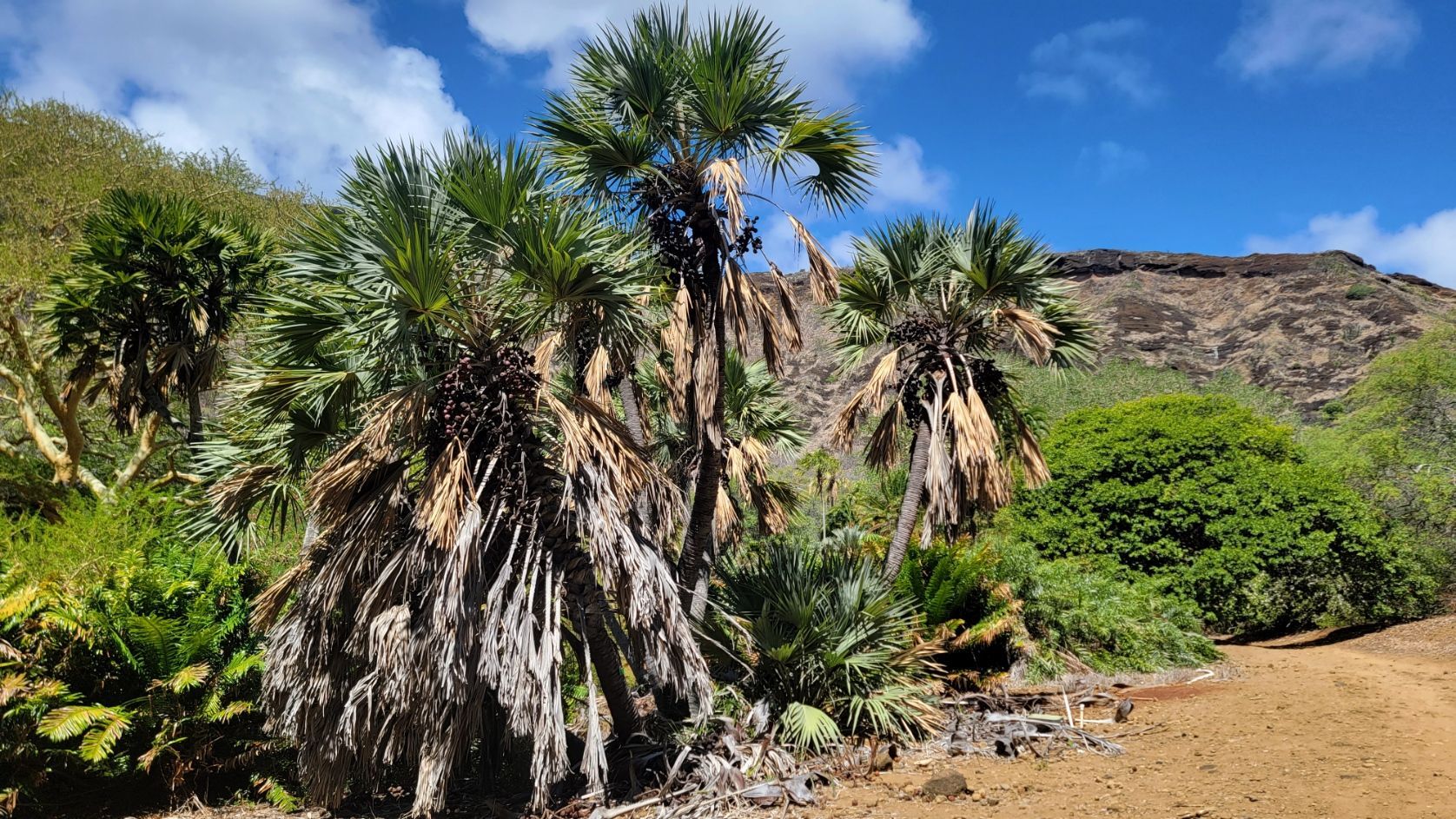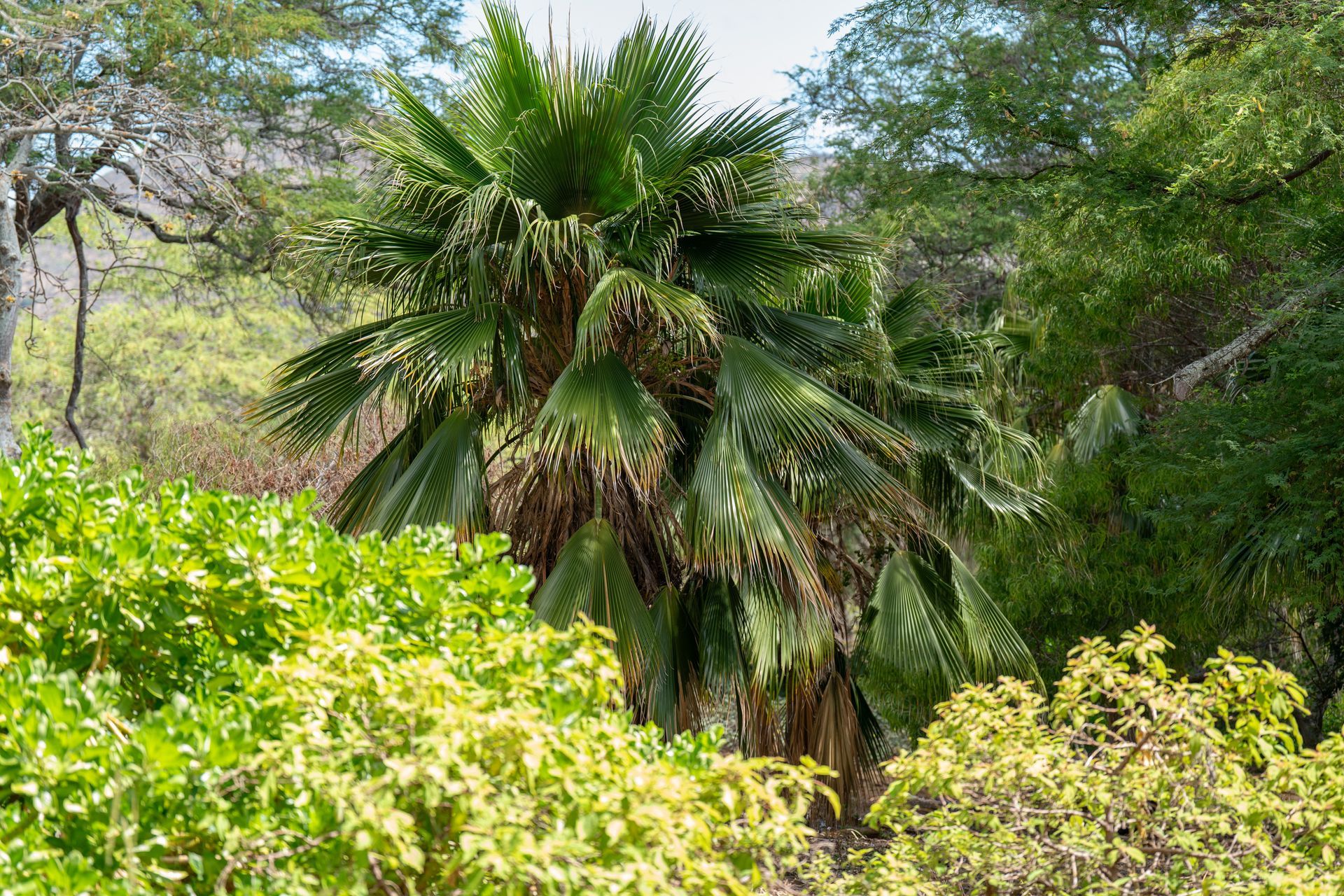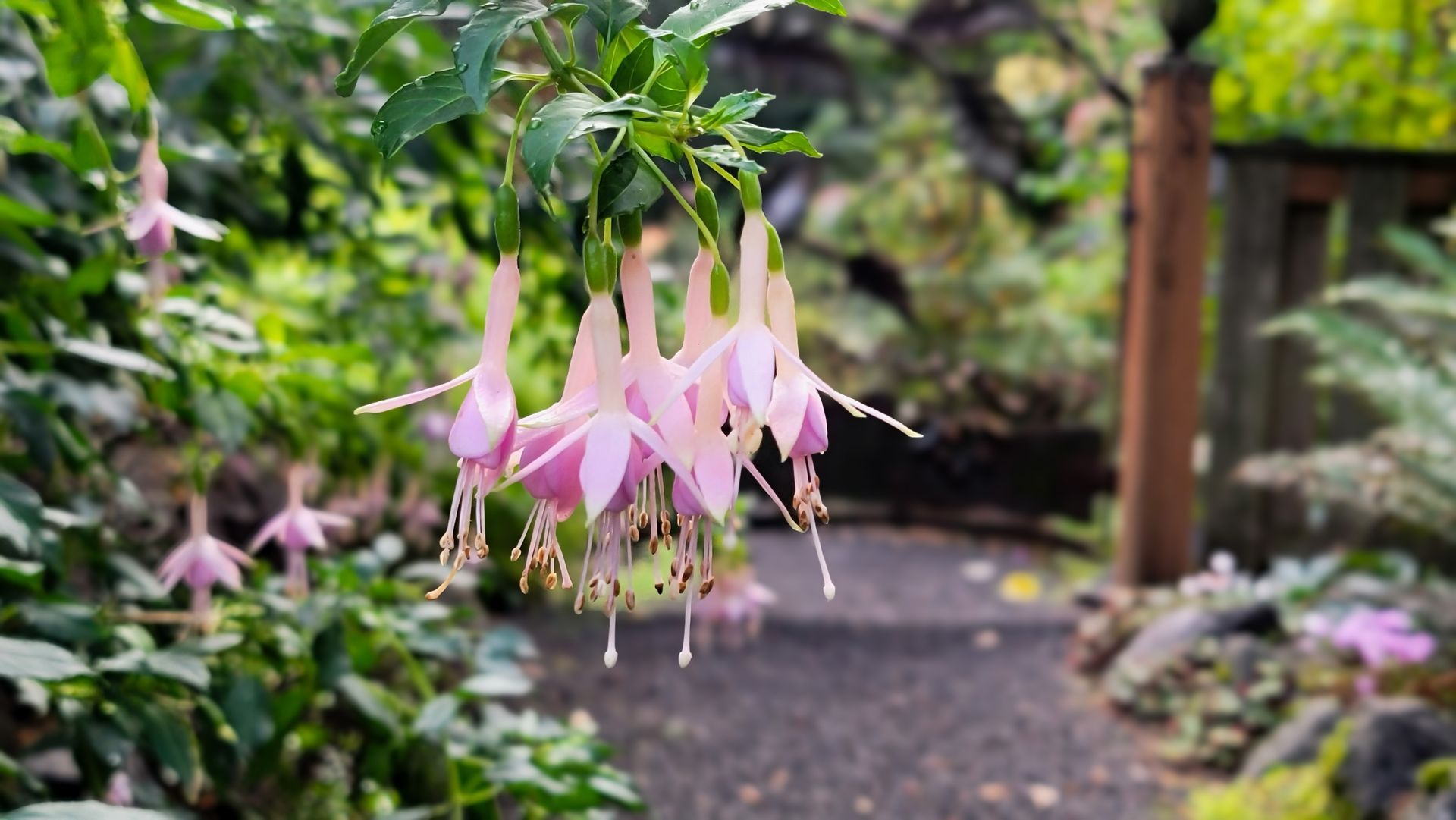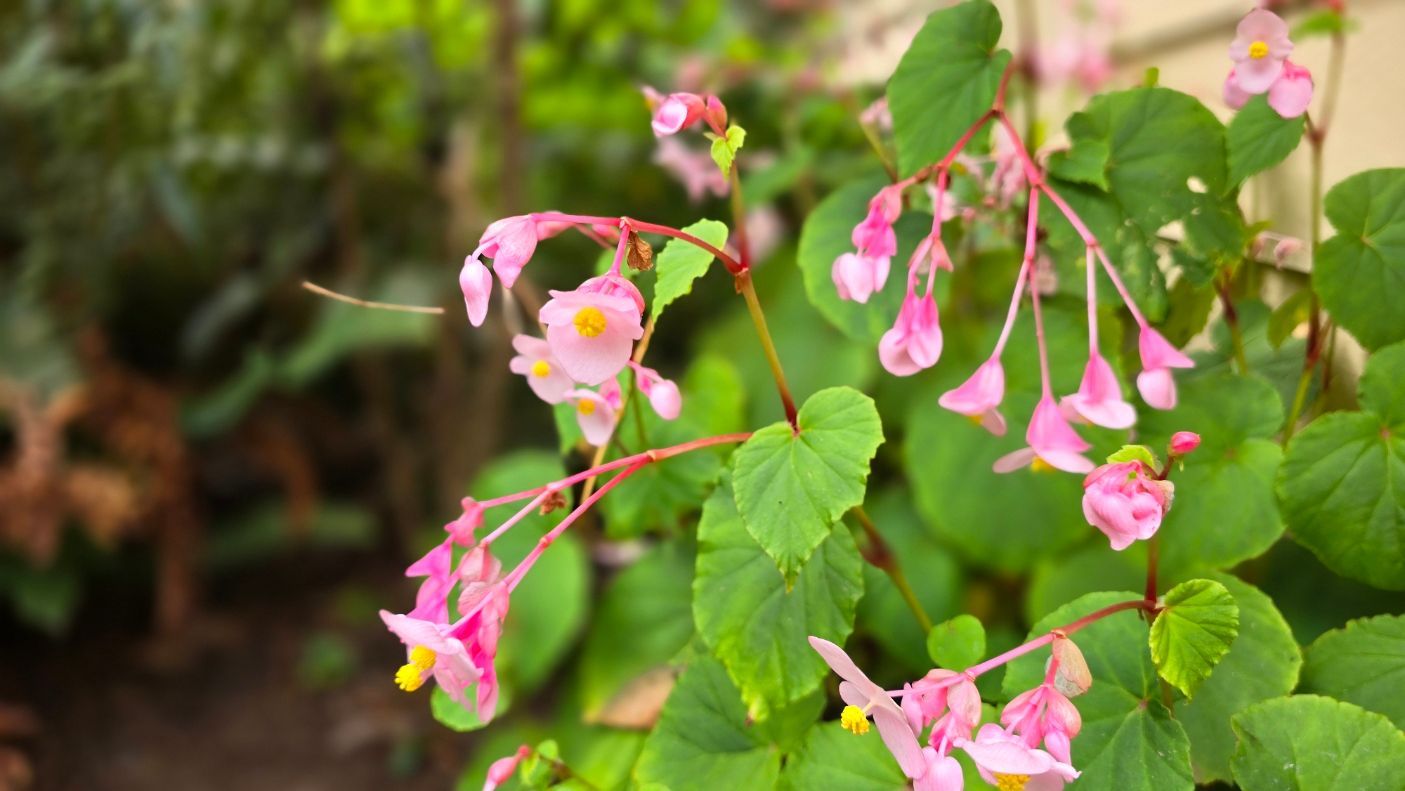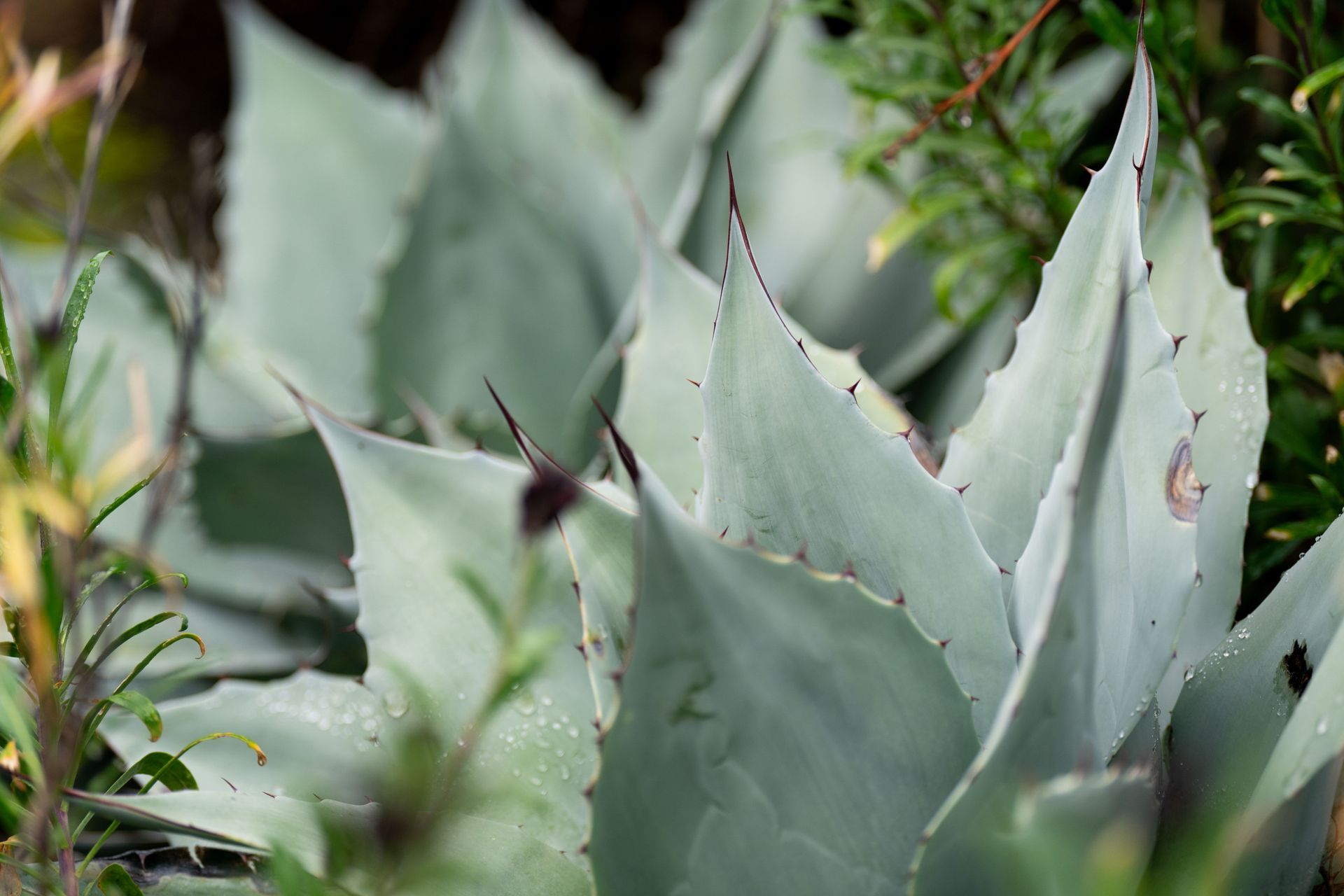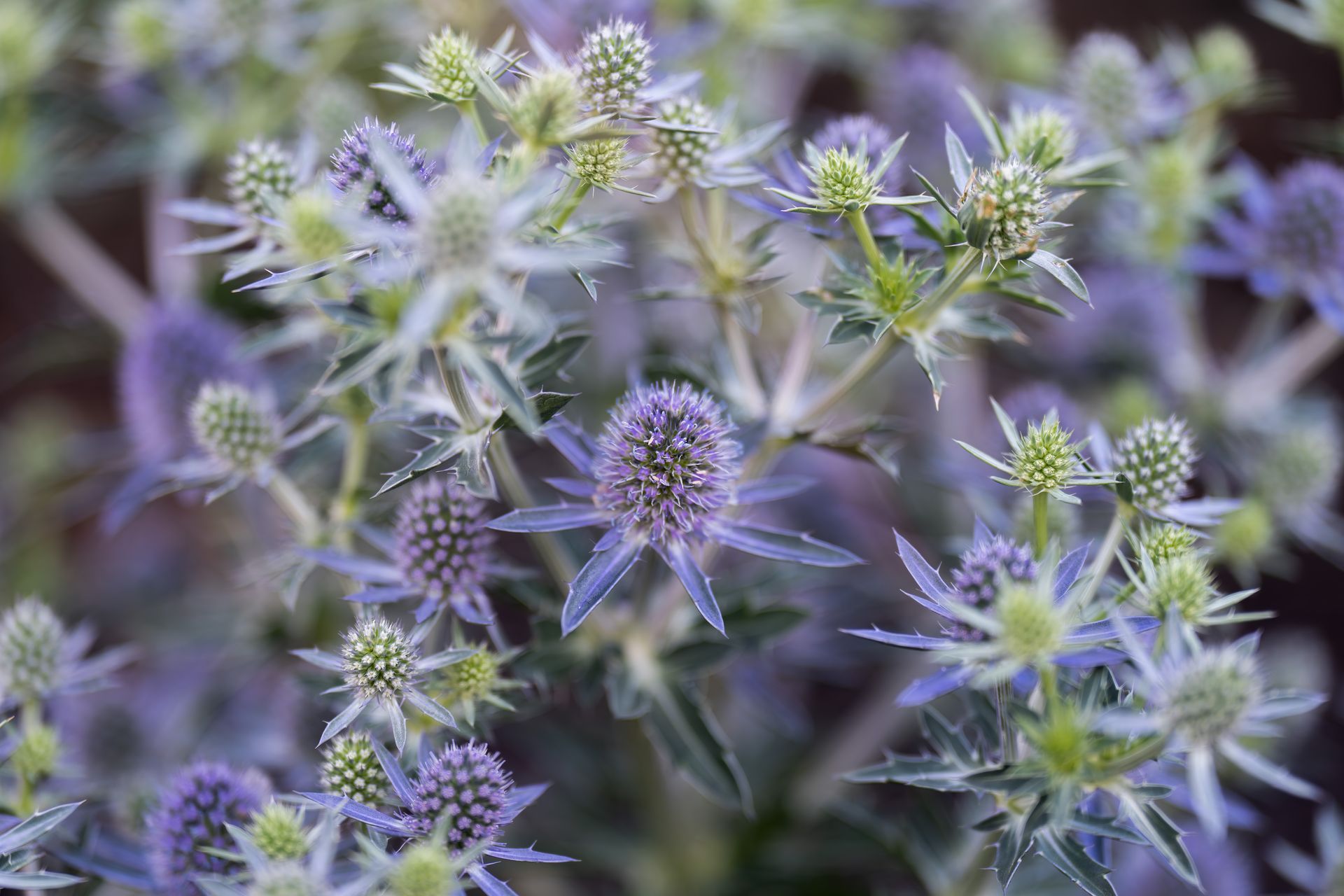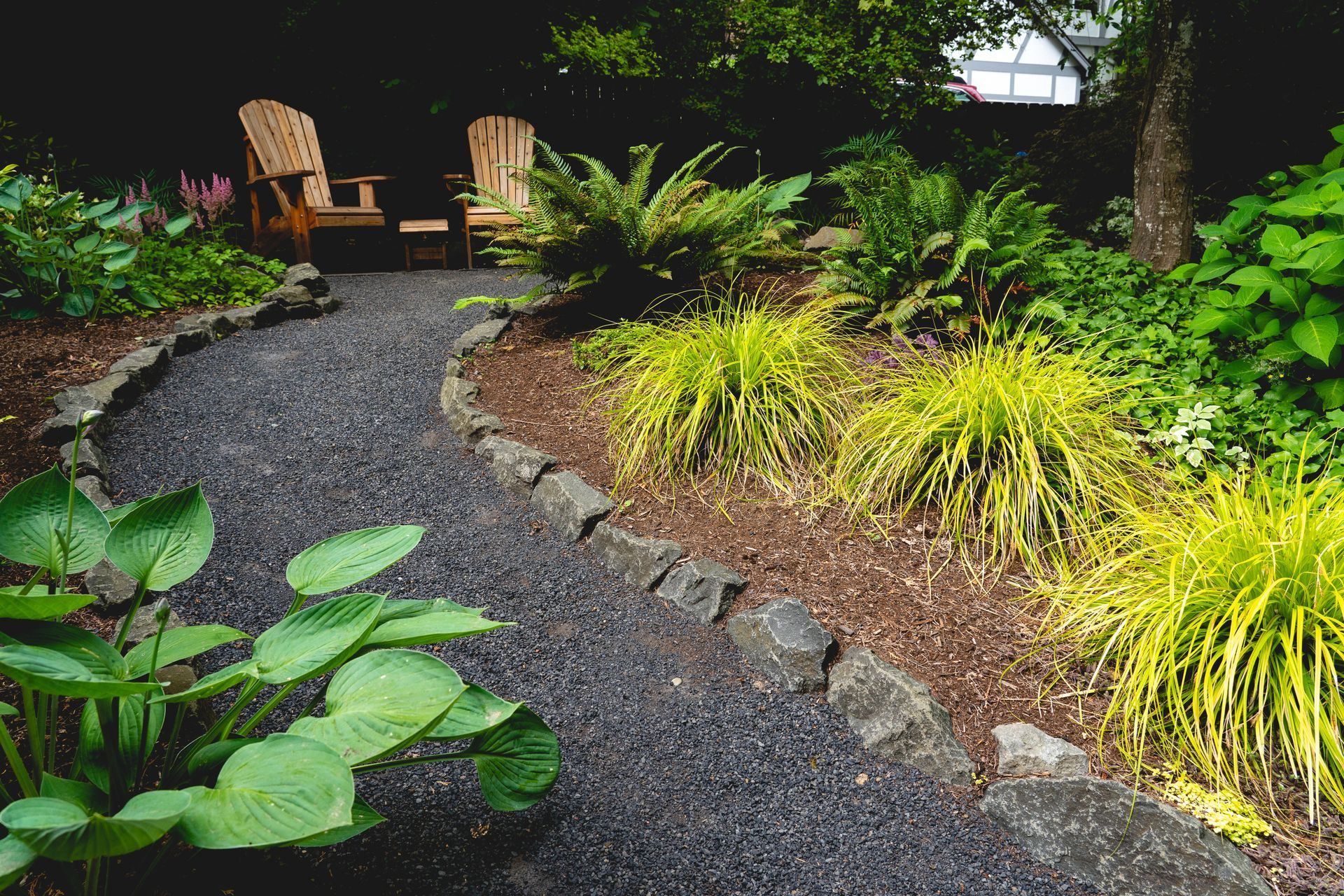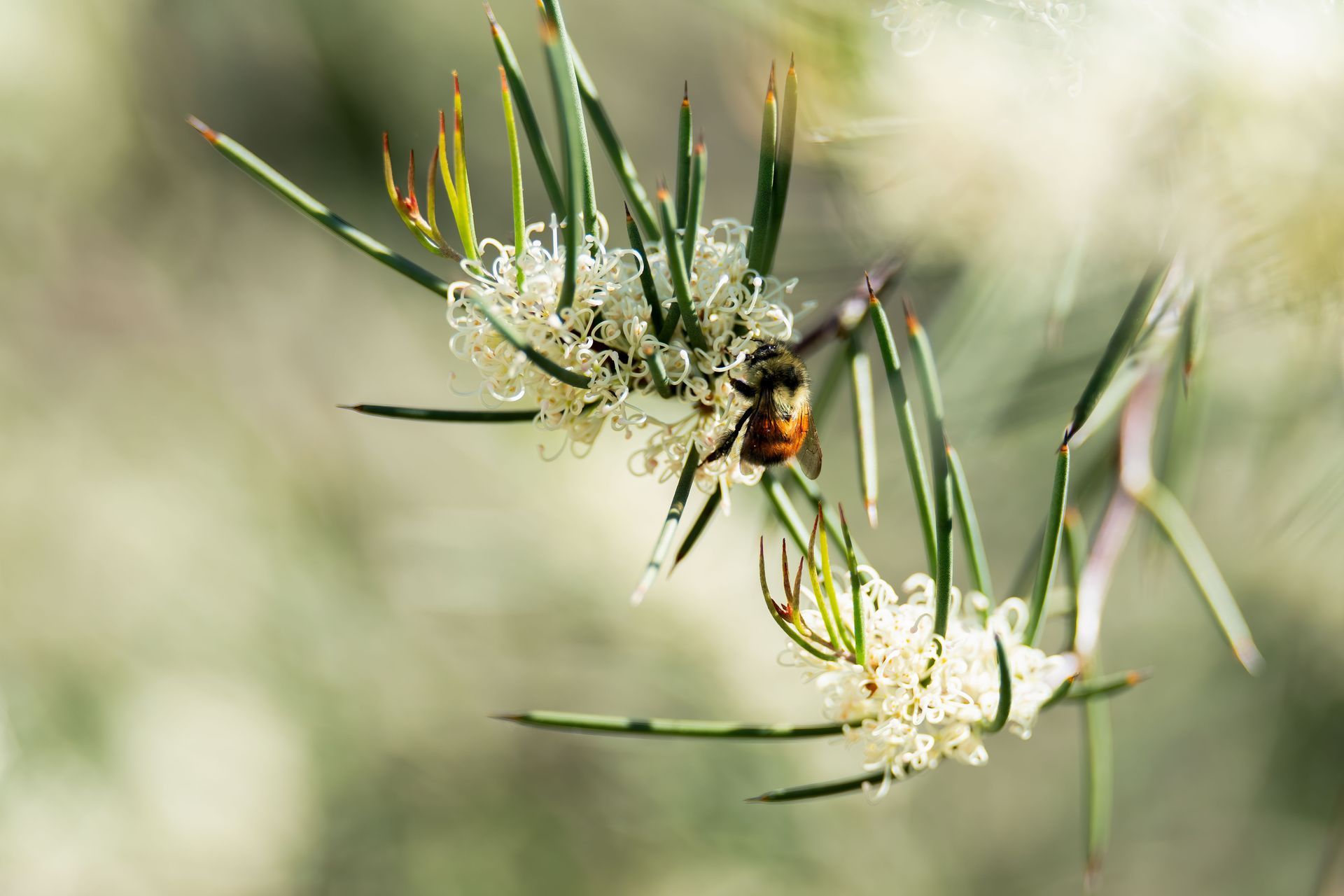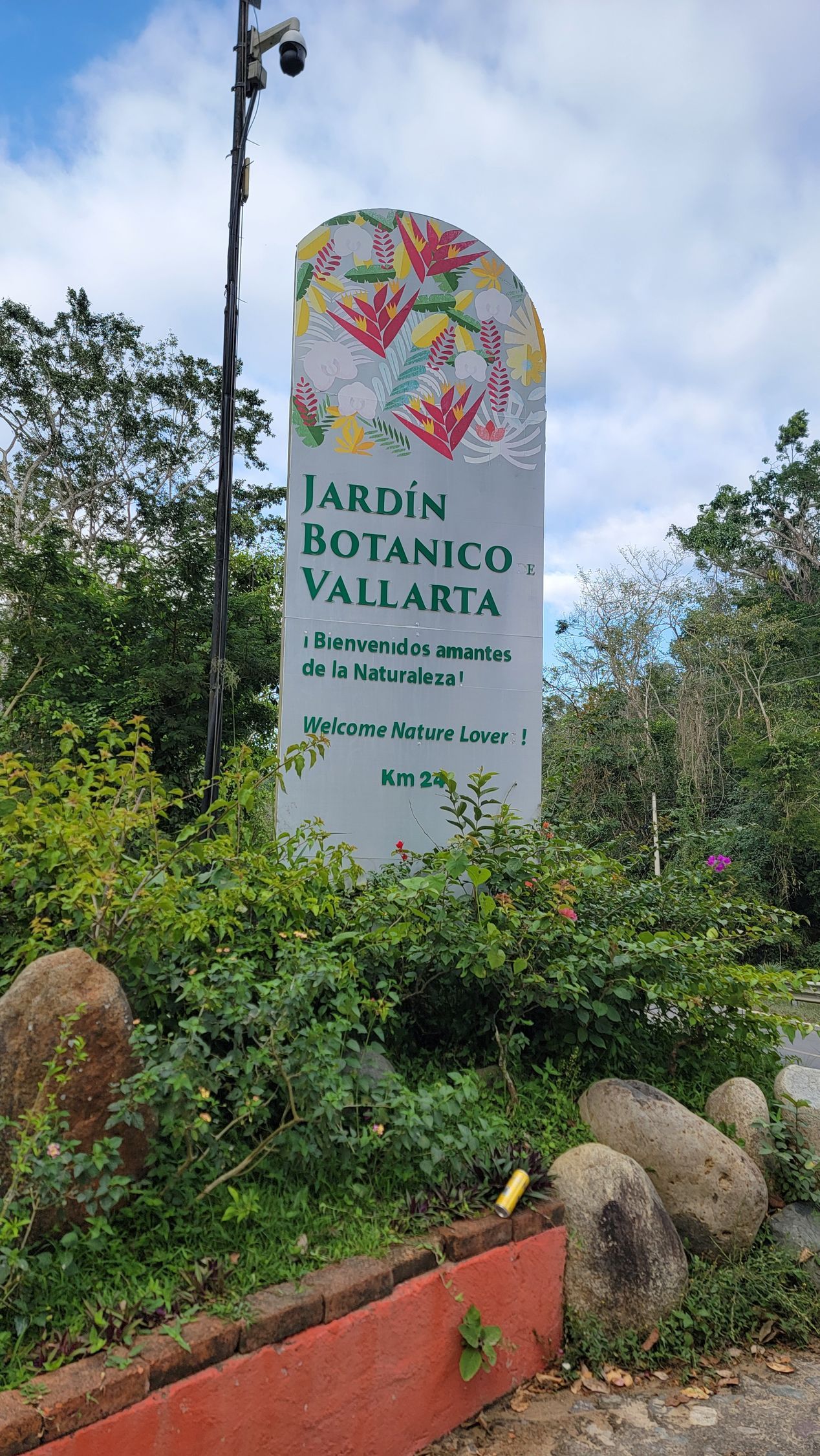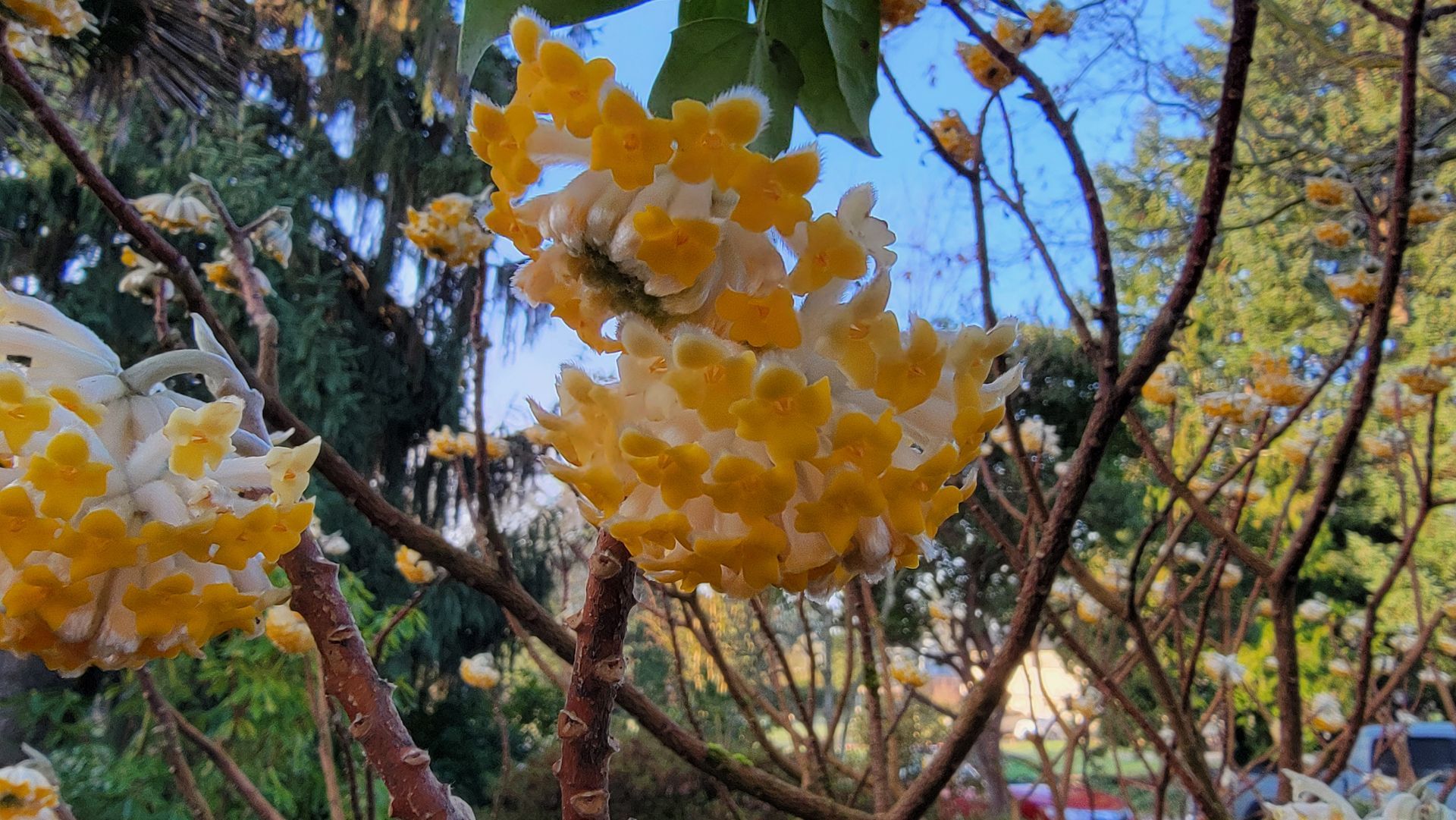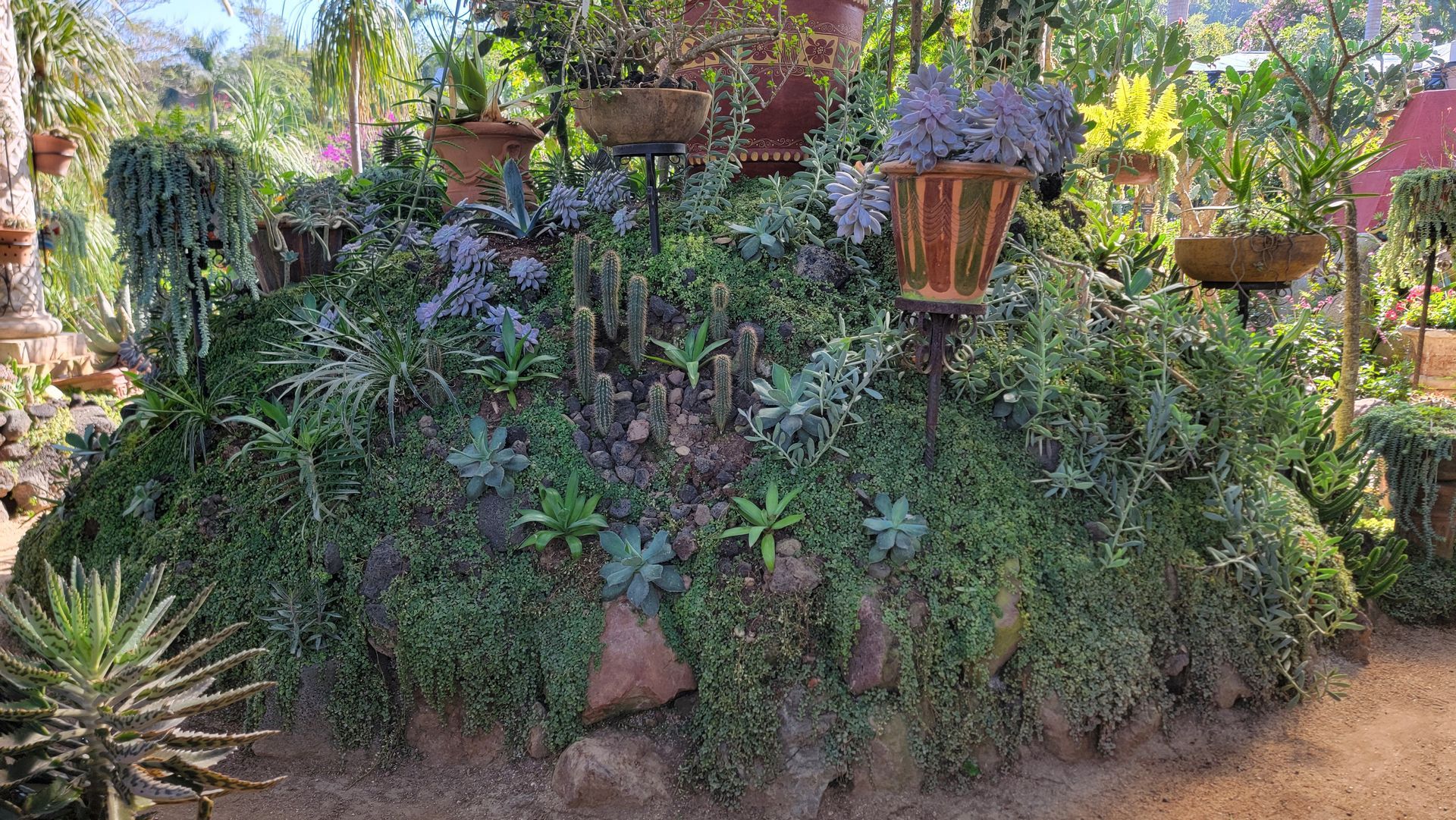Unveiling Koko Crater's Blooming Oasis: An Unexpected Journey
As the breeze of September began to sweep through, my partner and I found ourselves soaking up the sun on the wonderful shores of O’ahu for my 50th birthday. Every traveler has their "thing" – that one activity they must indulge in, wherever they are. For me? It's the allure of botanical gardens. Despite it being my first visit to O’ahu, a little birdie (well, more like a Google search) whispered about the enchanting Koko Crater Botanical Garden. The prospect was too tempting to resist.
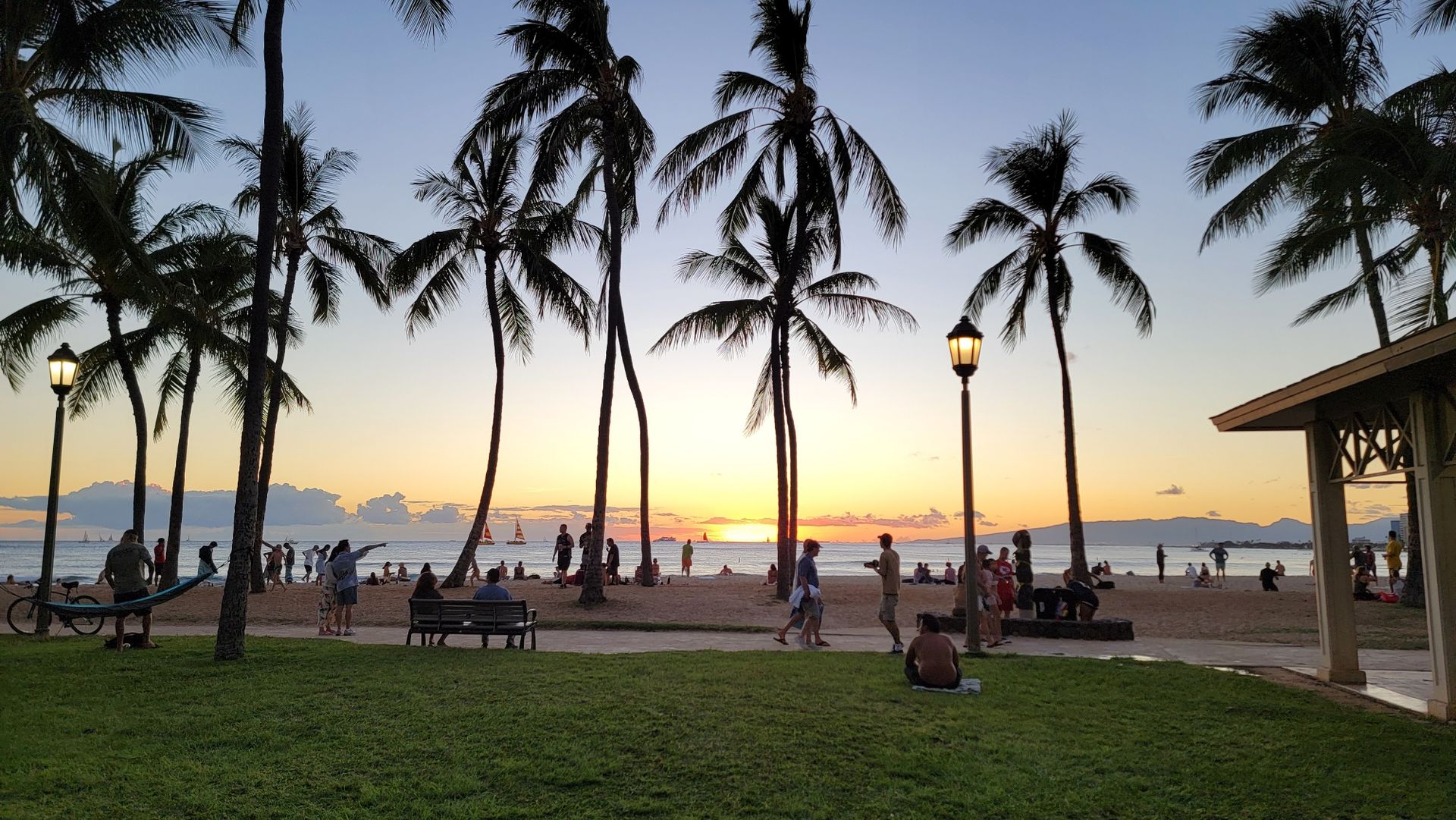
Tucked away in the embrace of an ancient cinder cone, the Koko Crater Botanical Garden unfolds like a living tapestry across 60 acres of land. A spacious two-mile trail meanders through the garden, each turn introducing us to a unique flora spectacle. The history of the place is etched on a sign that tells of its origin:
“In 1958, Koko Crater was set aside for development into a botanical garden. Plant collections occupy sixty acres of the inner slopes and basin of this 200-acre crater site. This garden focuses on the cultivation of rare and endangered dryland plants. Xeriscape concepts are used to transform this dry landscape into a garden where plants suitable to these desert-like surroundings can flourish.”
Sounds lovely!!!
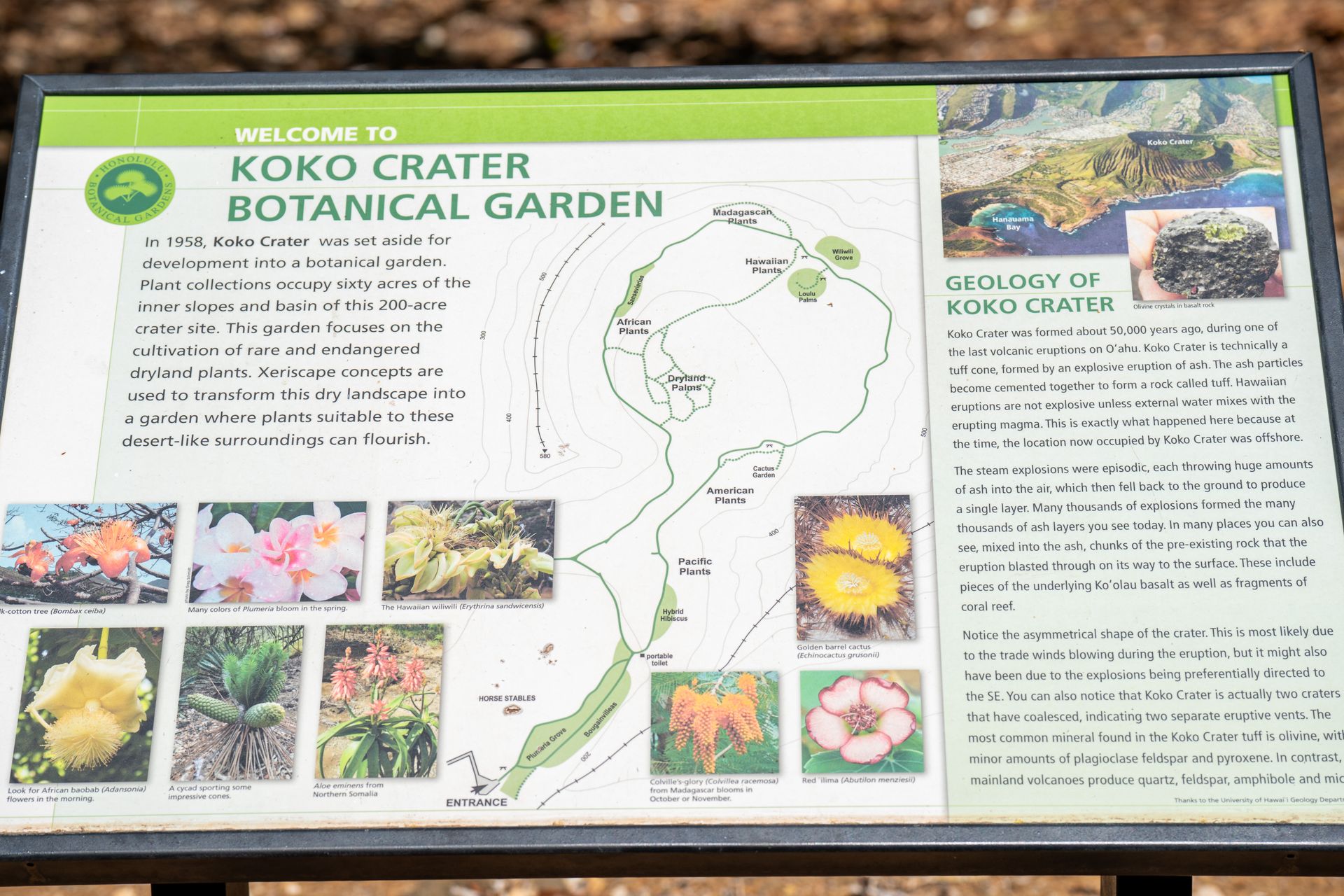
Our hike, though meant to be brisk, took on a languid pace, punctuated by countless photo stops. I'm guilty of being a shutterbug, and who wouldn't be in such an amazing setting!?
The path brings you to the Plumeria garden first. Towering Plumeria trees stood like sentinels, their blooms vibrant. Each whiff of the air was a delight, dominated by the intoxicating aroma of the blossoms. I had seen Plumeria before, but nothing quite like this with rows of towering Plumeria trees.
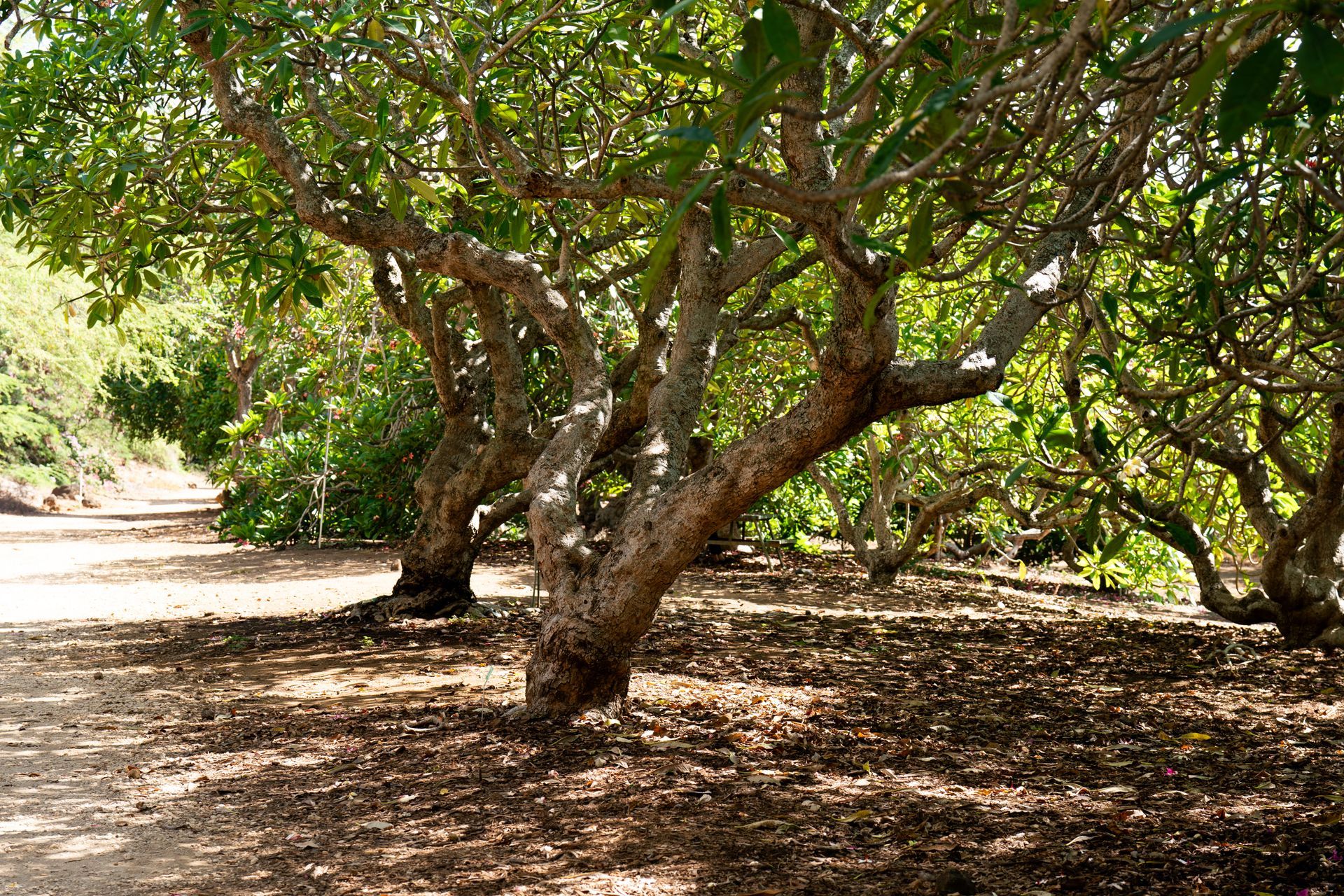
With each step we took, the garden was unfolding, and we were guided on a journey through carefully placed signposts. As if reading a captivating book where each chapter promises a new adventure, the anticipation of what lay ahead only intensified our excitement.
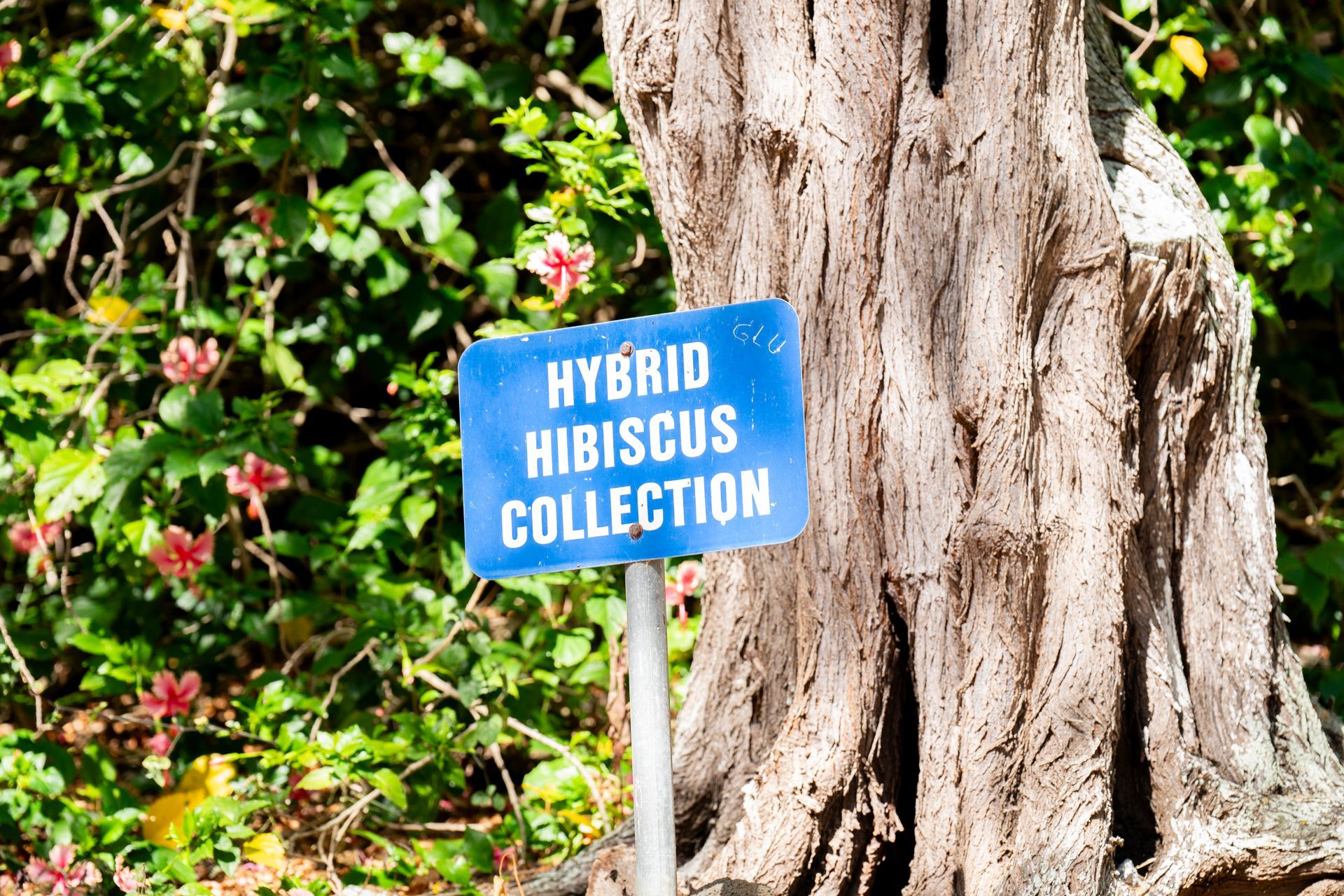
As we rounded a bend, a riot of colors greeted us. The Bougainvillea, with its vibrant bracts in shades of magenta and red, seemed to dance in the light. It was as though they were celebrating the sun, draping themselves over rocks and intertwined with other plants.
With them we encountered some Hibiscus; often hailed as the queen of tropical flowers – presented themselves in all their glory. Their large, trumpet-shaped flowers in radiant hues of reds, pinks, and yellows looked like nature's very own trumpets.
While each bend in the trail introduced us to a new floral spectacle, there was an overarching theme that became apparent – the conservation and celebration of dryland plants from across the globe. Every section we explored became more and more exciting.
In the heart of O'ahu, amidst the lush tropics Hawaii is renowned for, discovering this unexpected palette of dryland flora was both surprising and enlightening. The Koko Crater Botanical Garden defied the typical Hawaiian botanical narrative. Instead of the predictable, it offered an educational voyage through the diverse terrains of our planet, showcasing how life, even in the harshest of conditions, finds a way to not just survive, but flourish in spectacular beauty.
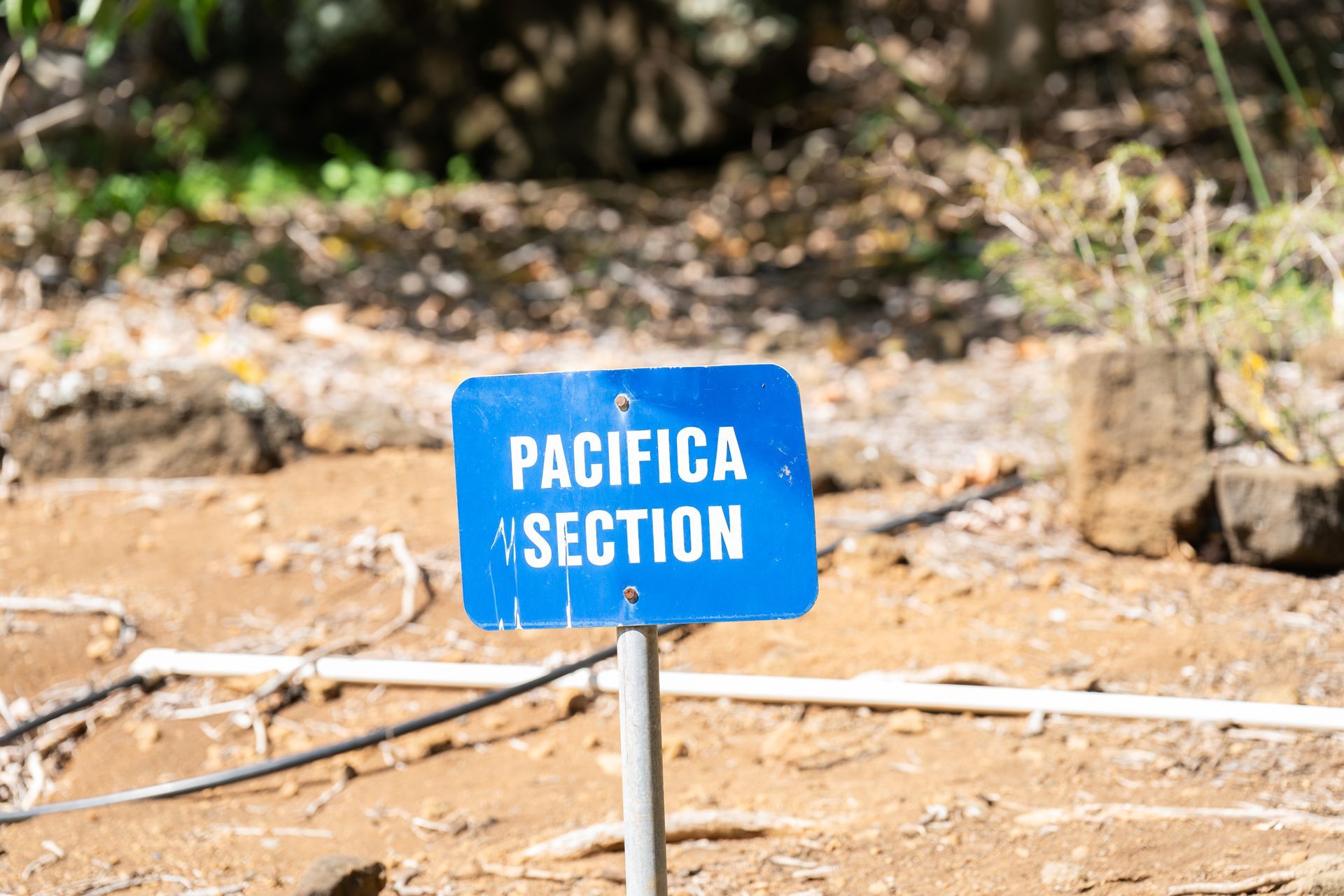
As our journey through the garden unfolded, we soon found ourselves stepping into the intriguing landscapes of Africa and Madagascar. These sections, distinguished by their unique flora, felt like stepping into another world.
The path unfurled beneath our feet, leading us towards specimens that truly captivated my botanical heart. The Tree Aloes stood tall and proud, their long, spiky leaves stretching upwards in a show of resilience and beauty. These architectural wonders, native to Africa, are known not just for their aesthetic appeal but also for their medicinal properties, a testament to nature's multifaceted offerings.
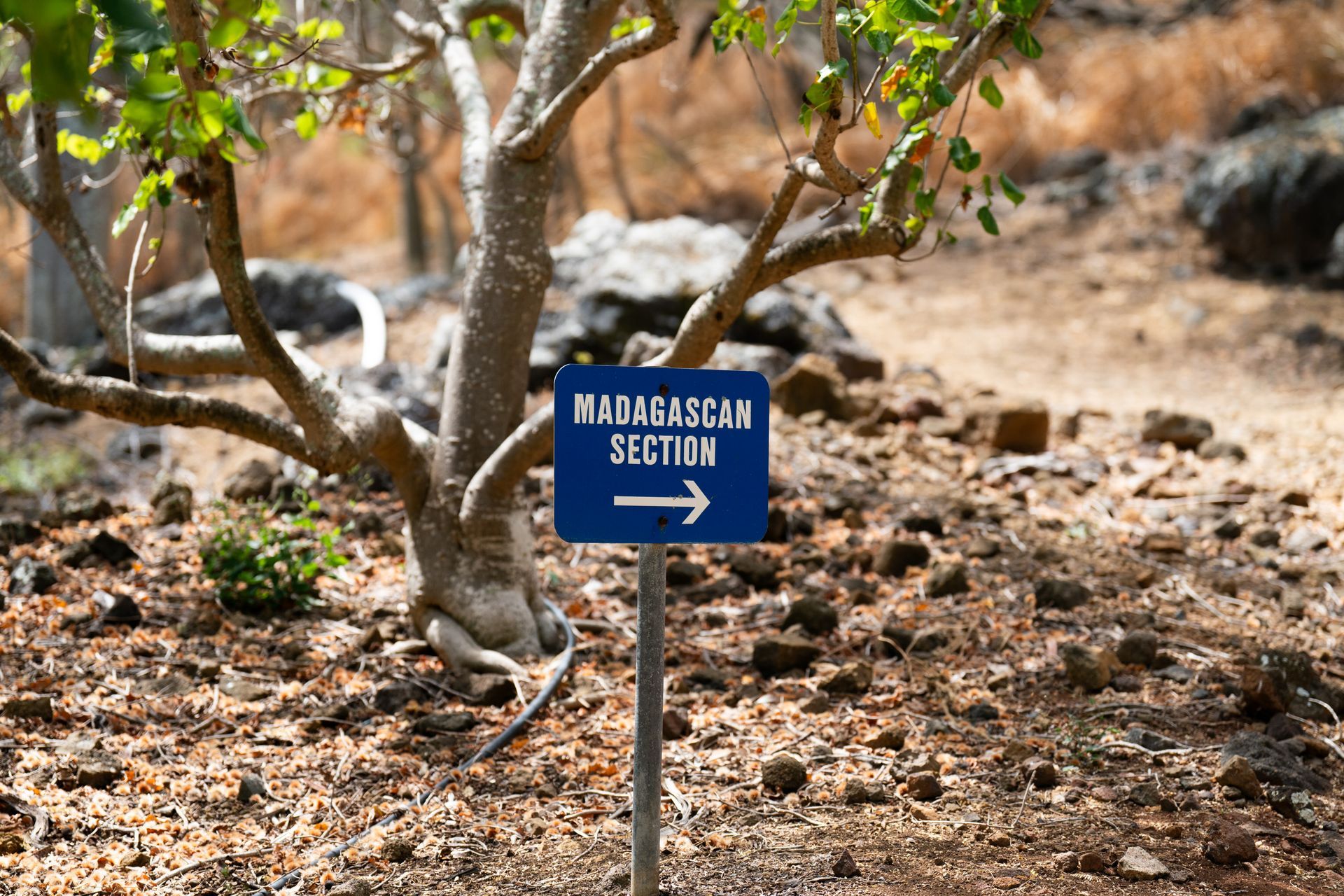
But amidst this diverse collection, the true showstoppers for me were the Pachypodiums. These fascinating succulents, often referred to as "Madagascar palms," possess a unique combination of spiny trunks and lush, green tops. A paradox of both forbidding and inviting, they stand as a testament to the wonders of evolution. Native to both Madagascar and the African mainland, Pachypodiums are a symbol of resilience and adaptation. In the wild, these plants withstand drought and intense heat.
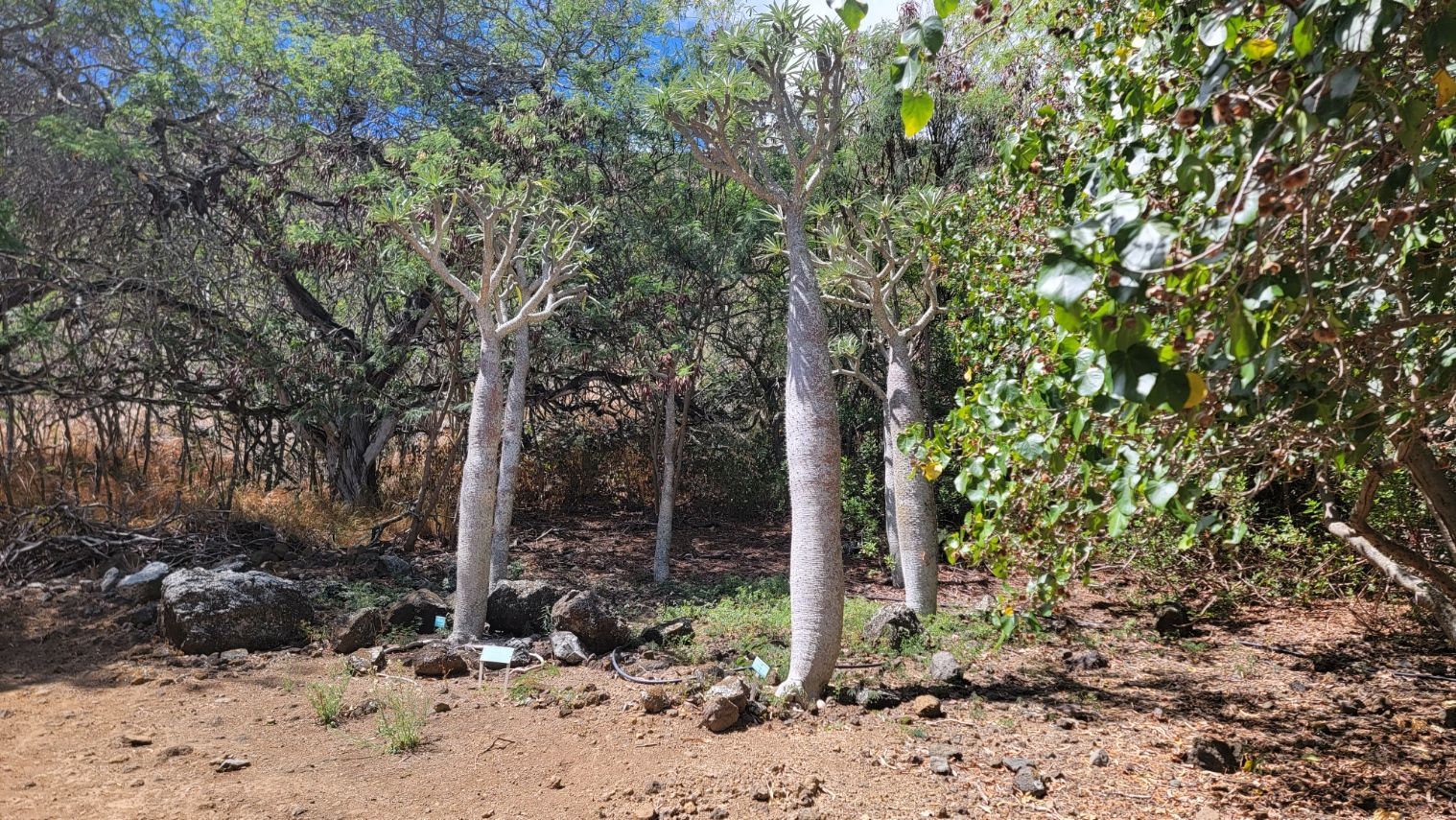
Every turn, every corner in these sections held a new surprise, a fresh story, and a lesson in the incredible diversity and tenacity of nature. The Koko Crater Botanical Garden had managed to encapsulate the essence of these faraway lands in a manner both educational and awe-inspiring.
I will leave you with photos of the Dryland Palms section.
Thanks!
